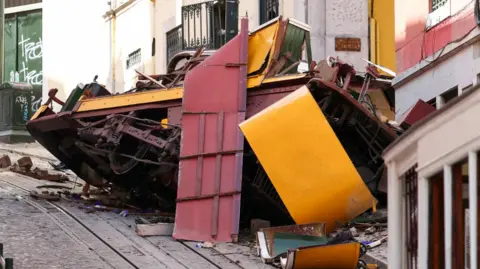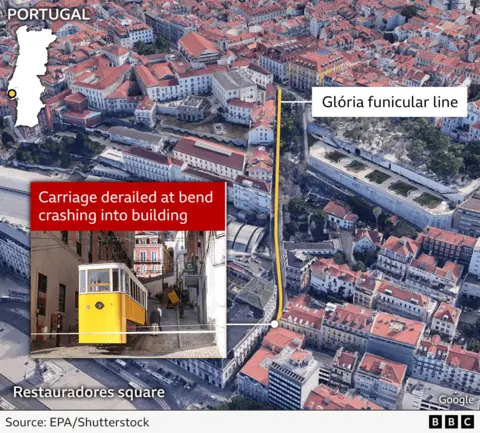Google's earthquake detection protocol was in place for the tragic event, yet its capability to warn users failed dramatically. Ten million residents living within 98 miles of the quake's 7.8 magnitude epicenter were eligible for a high-level alert, which would have provided crucial seconds to seek safety. Instead, only a mere 469 "Take Action" alerts were sent out, while around half a million individuals received a less urgent alert meant for "light shaking."
This failure highlights the inadequacies of the AEA system, which is touted as a vital safety net across nearly 100 countries, primarily operating through Android devices, which make up over 70% of smartphones in Turkey. Following the catastrophe, which claimed more than 55,000 lives and injured over 100,000, Google initially claimed that the alert system performed adequately, leading to questions about what truly went wrong in its detection methodologies.
In the aftermath of the quakes, Google researchers explored the shortcomings and discovered that the warning algorithms underestimated the magnitude of the first earthquake, computing it at a range of 4.5 to 4.9 instead of the actual 7.8. The system's follow-up alerts during a later quake still fell short, sending out alerts to just 8,158 phones.
After extensive review, Google updated its algorithms, simulating the first earthquake scenario again—now generating 10 million "Take Action" alerts for high-risk users and an additional 67 million "Be Aware" alerts for those further from danger.
Experts like Elizabeth Reddy, assistant professor at Colorado School of Mines, expressed frustration over the prolonged time to rectify these issues, emphasizing the fatal implications of warning failures. Meanwhile, others caution against over-reliance on technology that has not been fully vetted, suggesting that transparency in system performance is vital.
Despite revisions and improvements, the ongoing question remains whether these warning systems can be the sole defense against such natural disasters, with the potential for countries to depend on non-national systems in critical situations. As inquiries about the AEA performance during subsequent disasters continue, the call for better technologies and accountability grows ever louder.
This failure highlights the inadequacies of the AEA system, which is touted as a vital safety net across nearly 100 countries, primarily operating through Android devices, which make up over 70% of smartphones in Turkey. Following the catastrophe, which claimed more than 55,000 lives and injured over 100,000, Google initially claimed that the alert system performed adequately, leading to questions about what truly went wrong in its detection methodologies.
In the aftermath of the quakes, Google researchers explored the shortcomings and discovered that the warning algorithms underestimated the magnitude of the first earthquake, computing it at a range of 4.5 to 4.9 instead of the actual 7.8. The system's follow-up alerts during a later quake still fell short, sending out alerts to just 8,158 phones.
After extensive review, Google updated its algorithms, simulating the first earthquake scenario again—now generating 10 million "Take Action" alerts for high-risk users and an additional 67 million "Be Aware" alerts for those further from danger.
Experts like Elizabeth Reddy, assistant professor at Colorado School of Mines, expressed frustration over the prolonged time to rectify these issues, emphasizing the fatal implications of warning failures. Meanwhile, others caution against over-reliance on technology that has not been fully vetted, suggesting that transparency in system performance is vital.
Despite revisions and improvements, the ongoing question remains whether these warning systems can be the sole defense against such natural disasters, with the potential for countries to depend on non-national systems in critical situations. As inquiries about the AEA performance during subsequent disasters continue, the call for better technologies and accountability grows ever louder.





















